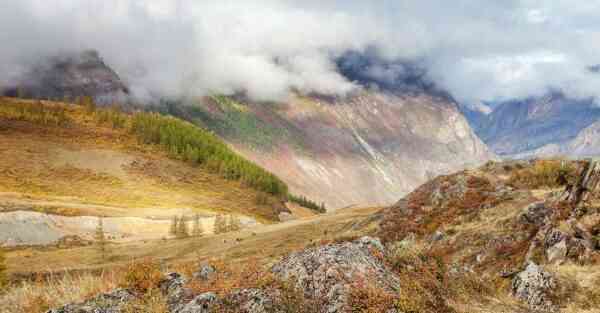The mountains are all beautiful, and the Altai Mountains in particular. They are admired even by the locals, despite the fact that they live here and see them all the time, but it is natural for a person to get used to beauty and stop noticing it. But Altai is not like that – it’s not just beautiful here, but magnificent, and so much so that a person arriving here for the first time is breathtaking from the spectacle opening before him.
Interesting facts about the Altai Mountains
- The length of the Altai mountain range exceeds 2000 kilometers.
- It is located on the territory of four countries at once – Russia, China, Kazakhstan and Mongolia (interesting facts about Mongolia).
- On the Altai area the mountains are about twice the size of Japan.
- Their highest point, Mount Belukha, rises to a height of more than 4.5 kilometers. Atmospheric pressure at its summit is only about 50% of normal pressure at sea level.
- Geologists believe that the Altai Mountains were formed about 400-500 million years ago, but began to collapse about 200 years ago. What we see now are only the remains of some incredibly huge mountain range.
- Three sections of the Altai Mountains in 1998 were recognized as a UNESCO World Heritage Site. Collectively, they are called the Golden Mountains of Altai.
- Despite their special conservation status, poaching thrives in the Golden Mountains of Altai.
- The Altai Mountains include a number of ancient volcanoes, but they all died out in ancient times (interesting facts about volcanoes).
- The Teletskoye lake located here is one of the top 5 deepest lakes in Russia.
- In total, there are more than 3,000 lakes in the Altai Mountains.
- The Altai mountain range is equal in area to about 4% of all of Russia.
- Tigers lived in the Altai mountains two centuries ago. Now they are no longer here, but there are snow leopards. However, Amur tigers are still found not so far from the mountains.
- Some rivers flowing from the slopes of the Altai Mountains change color from time to time. When the snow melts, the melt water brings with it various elements washed out of the soil, so the color changes.
